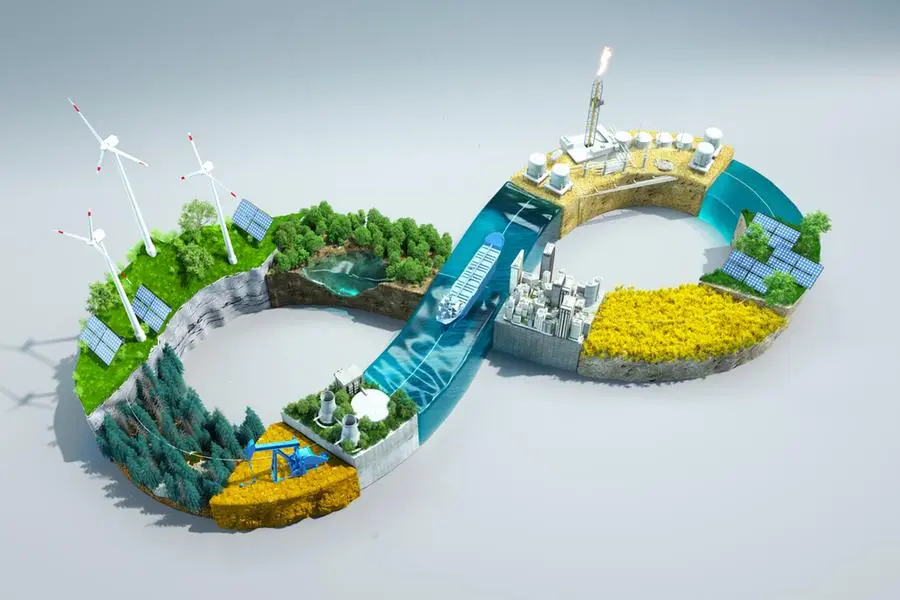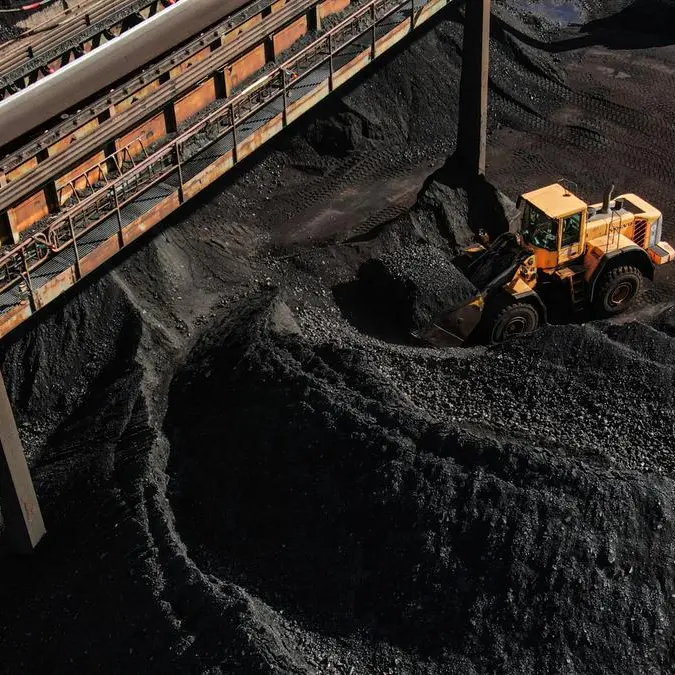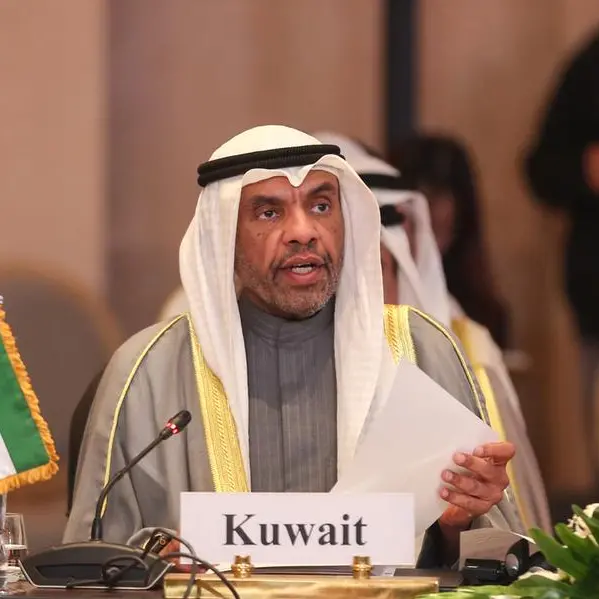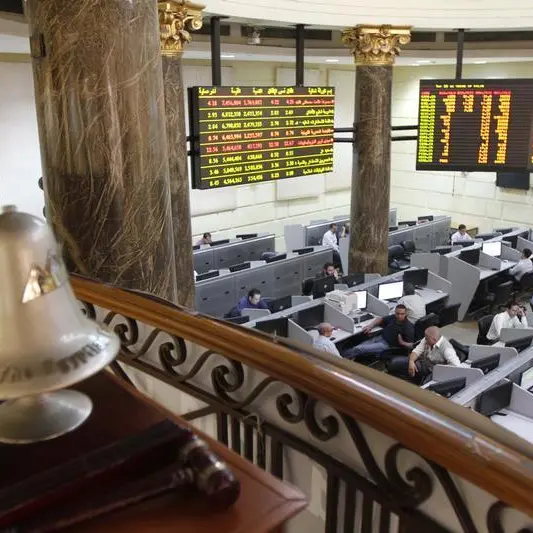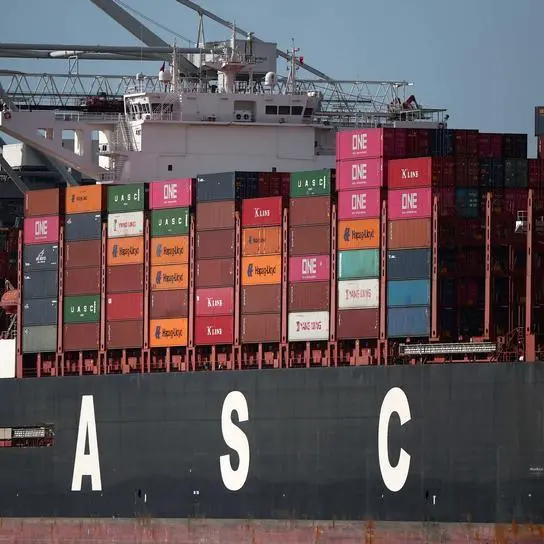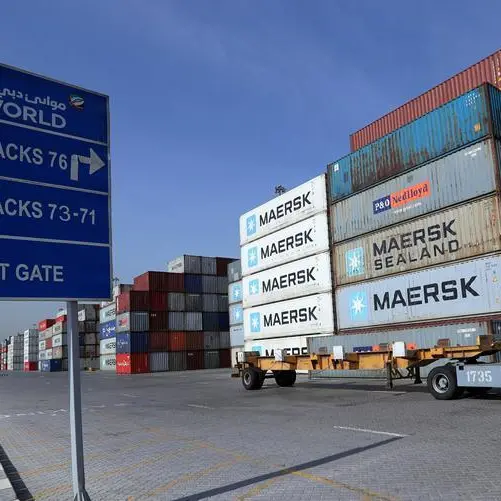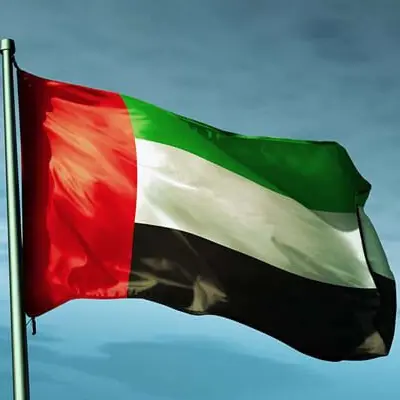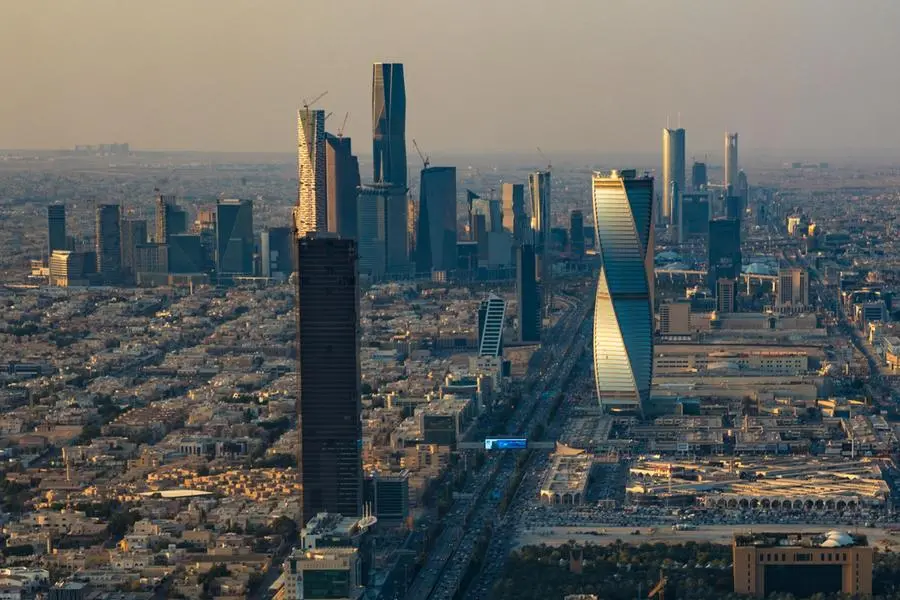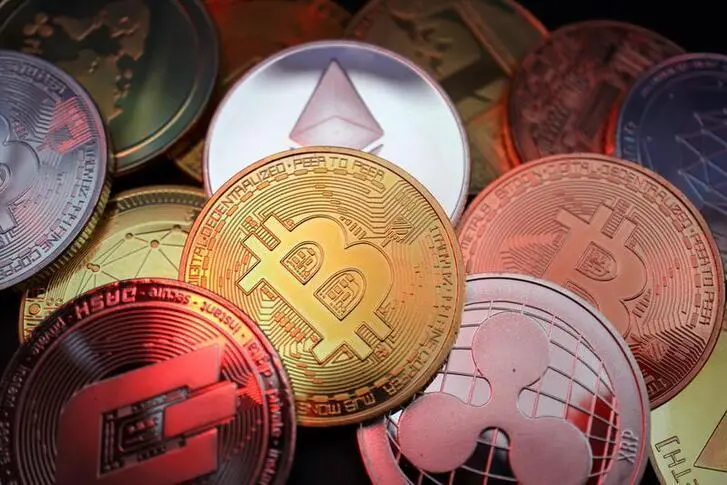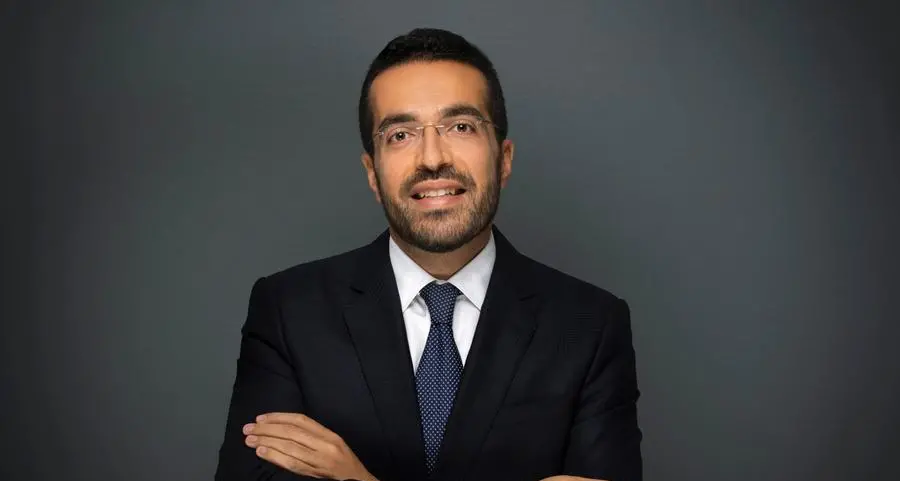PHOTO
As the world pivots towards sustainable development, Oman is positioning itself at the forefront of the green metals industry. The Sultanate of Oman's strategic vision, coupled with its natural advantages, is setting the stage for a transformative leap in sustainable industrial development. This forward-looking approach not only aligns with global environmental goals but also promises to reshape Oman's economic landscape.
Oman's Vision 2040, the country's ambitious roadmap for economic diversification and sustainable growth, places a strong emphasis on renewable energy and green hydrogen. This strategic shift is propelling the nation towards becoming a global hub for green metal production, particularly in steel, aluminum, and copper. The focus on green metals is not just an environmental imperative; it's a strategic move to future-proof Oman's industrial sector and capture emerging market opportunities.
Oman’s geographical position offers unparalleled advantages for the green metals industry. Situated at the crossroads of major shipping routes, Oman provides easy access to markets in Asia, Europe, and Africa. This strategic location significantly reduces transportation costs and time, enhancing the competitiveness of Omani green metals in the global market. According to recent data from the World Energy Council, Oman's strategic location gives it a competitive edge in energy trade and industrial development, positioning it as a potential leader in the green energy transition.
Moreover, Oman's abundant renewable energy resources, particularly solar and wind, provide a solid foundation for powering green metal production. The country's vast desert areas offer ideal conditions for large-scale solar farms, while its long coastline presents opportunities for offshore wind energy development. This renewable energy potential is crucial for producing green hydrogen, a key component in the production of green steel and other metals.
The availability of raw materials further strengthens Oman's position in the green metals sector. The country's rich mineral deposits, including iron ore, copper, and bauxite, provide a local source of essential inputs for metal production. This local availability not only reduces dependence on imports but also enhances the overall competitiveness of Omani green metals in terms of pricing and supply chain resilience.
Oman's commitment to developing a green hydrogen industry aligns perfectly with the needs of the green metals sector. Green hydrogen, produced using renewable energy, can revolutionize metal production by significantly reducing carbon emissions. The government's ambitious plans to become a major green hydrogen producer by 2040 will provide the green metals industry with a clean, sustainable reducing agent, further enhancing the eco-credentials of Omani metals.
The global demand for green metals is skyrocketing, driven by industries and governments prioritizing decarbonization. A World Bank report projects that the demand for metals like aluminum, copper, and nickel could increase by up to 500% by 2050. This surge in demand presents a massive opportunity for Oman to establish itself as a key player in the global green metals market.
Oman is already making significant strides in attracting major investments in the green metals sector. The $3 billion green steel complex in Duqm, spearheaded by Vulcan Green Steel (VGS), a subsidiary of the Jindal Steel Group, stands as a testament to the country's potential. This project, set to become one of the world's largest green steel facilities, will leverage advanced DRI-EAF technology and be powered entirely by renewable energy. The facility aims to produce steel with an impressively low carbon footprint of less than 0.6-0.7 tons of CO2 per ton of crude steel, setting new benchmarks for sustainability in the industry.
While highlighting the achievements of companies like Jindal and Vulcan Steel, it's important to note that Oman's green metals strategy extends beyond individual corporate successes. The government is actively creating an ecosystem that supports the entire value chain of green metal production. This includes investments in infrastructure, research and development, and human capital development.
Oman's green metals revolution is being driven by a powerful synergy of key government entities. The Ministry of Commerce, Industry, and Investment Promotion (MoCIIP) is attracting global investors, while the Public Authority for Special Economic Zones and Free Zones (OPAZ) is developing world-class infrastructure, particularly through the Special Economic Zone at Duqm (SEZAD).
The Ministry of Energy and Minerals (MEM) is ensuring a robust supply of renewable energy, crucial for green metal production. Complementing this, Hydrom is spearheading Oman's green hydrogen initiatives, creating opportunities across the entire value chain.
This coordinated approach is positioning Oman as a leader in the global green metals market, offering opportunities for both international players and local businesses. By aligning investment promotion, infrastructure development, energy supply, and hydrogen production, Oman is creating a comprehensive ecosystem that promises to transform its industrial landscape and contribute significantly to the global green economy.
Oman's green metals revolution offers vast opportunities not just for global players, but also for local conglomerates and SMEs. This inclusive approach allows Omani businesses to engage in various aspects of the green economy, from engineering and construction to operations and services. By spreading benefits across the national economy, this strategy fosters sustainable growth and innovation in multiple sectors.
This initiative goes beyond mere economic diversification; it positions Oman as a leader in sustainable industrial development. As global demand for low-carbon products rises, Oman's green metals gain a competitive edge, ensuring the long-term viability of its industrial sector and opening doors to international partnerships and technology transfer.
The green metals industry is set to create a ripple effect throughout Oman's economy, stimulating growth in supporting sectors like renewable energy and logistics. This expansion promises to generate diverse job opportunities and drive innovation across the economy, solidifying Oman's position in the global sustainable industrial landscape.
In conclusion, Oman's push towards becoming a green metals hub represents a forward-thinking approach to industrial development. By leveraging its natural advantages, strategic location, and commitment to sustainability, Oman is poised to play a crucial role in the global transition to a low-carbon economy. The green metals industry not only promises economic growth but also aligns perfectly with Oman's vision of a sustainable and diversified future. As the world races towards green industrialization, Oman's proactive stance puts it in a prime position to lead this transformative wave, creating lasting economic and environmental benefits for generations to come.
2022 © All right reserved for Oman Establishment for Press, Publication and Advertising (OEPPA) Provided by SyndiGate Media Inc. (Syndigate.info).
